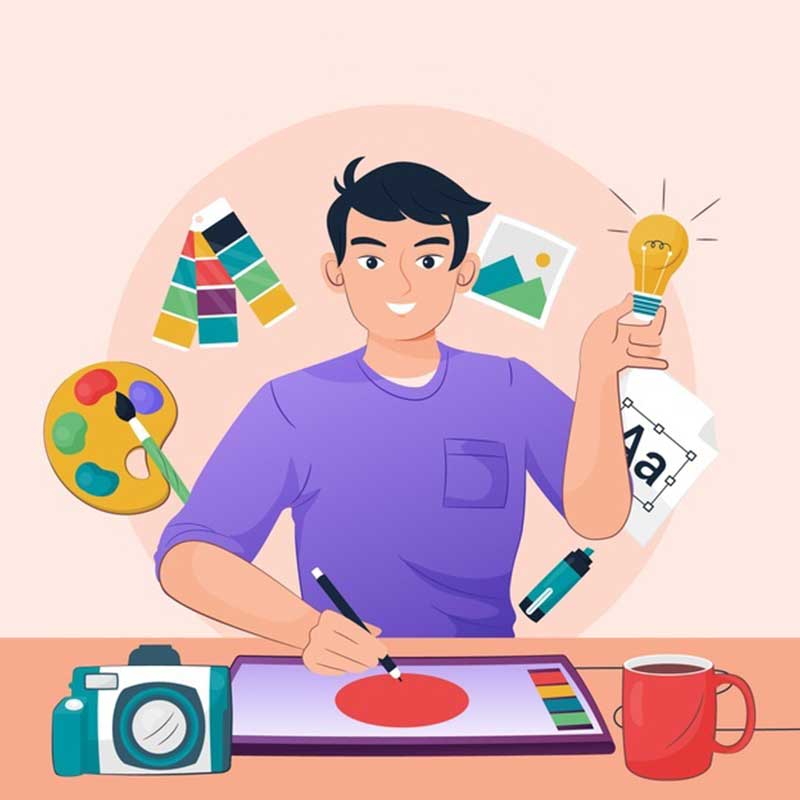Encouraging Visual Literacy in Classroom
Looking to equip students with 21st century skills?

They say - ‘A picture is worth a thousand words.’ Complex and sometimes multiple ideas can be conveyed by a single still image more effectively than a verbal description.
When taught visual literacy to students from an early age, it develops their ability to comprehend, make meaning of, and communicate through visual means, in the form of images or multimedia.
Here are the important elements of Visual Literacy
When teaching visual literacy, teachers should encourage students to look out for the following elements while they make observations in an image/illustration:
Facial expressions
Let students look at the characters’ face, eyes, mouth, and eyebrows in the illustration to identify what mood or feeling, the characters are expressing. Teachers can start by showing students pictures of different facial expressions or ask students to act them out.
Focal point
Illustrators play with scale and proportion to draw attention to a certain part of the image for a specific reason; it can be for showing power & authority, or vulnerability & submissiveness. So, teachers can ask students where they think, the centre of activity or attention lies. When they look at the image, which part of the image grabs the attention of the students.
Clothing
Teachers can ask students to observe the clothes that the characters in the illustration have worn, to get an idea of the traits of the characters. It helps students to understand the characters’ daily life & work. In addition, they can also try to find connections between the clothing and the setting in the illustration.
Setting
Let students examine the background of the image/illustration and try to identify a specific region/continent/ country and time of day/season shown in the illustration.
Objects
Teachers can ask students to observe the objects in the illustration; it could be an object that the character is holding. For instance, if there is a travel bag/luggage in the character’s hand, it shows that the character is going on a trip.
All such observations, helps students to better understand the content and teaches them how to communicate a message through images/visuals.
A Graphic Design course helps in developing a creator mindset in students and empowers them to bring their creative ideas to life visually. Students learn image composition & layering, colour theory, colour correction, colour grading, masking, how to make vector graphics such as clipart, logos, posters & banners; the course helps them in mastering the art of communicating through pictures/images, graphic design, illustrations and more. They develop essential 21st Century Skills like Observation, Visual Communication, Colour Coordination, Composition, Visualisation, Ideation, Unstructured Thinking, Accuracy and Empathy.
ICT 2.0 in alignment with NEP, provides ICT curriculum with ready-to-use content, design and computational thinking approach to projects as well as interdisciplinary learning material on an online platform that caters to today’s relevant technologies and future skills requirements. It is designed to help teachers improve their instructional practices with 21st century teaching skills through train-the-teacher program, build a strong foundation to empower students with the ability and skills to design & create amazing things on their own in a fun & engaging environment, excel in academics and prepare them to be industry- and career-ready.
With 50+ partner schools across India, it aims to empower students with tech skills from an early age. Tech skills are essential for future job roles like AI & ML Specialists, Software & Applications Developers, Graphic Designers, Animators, Robotics Engineers, Data Analysts, and IOT Specialists.
Powered by Froala Editor